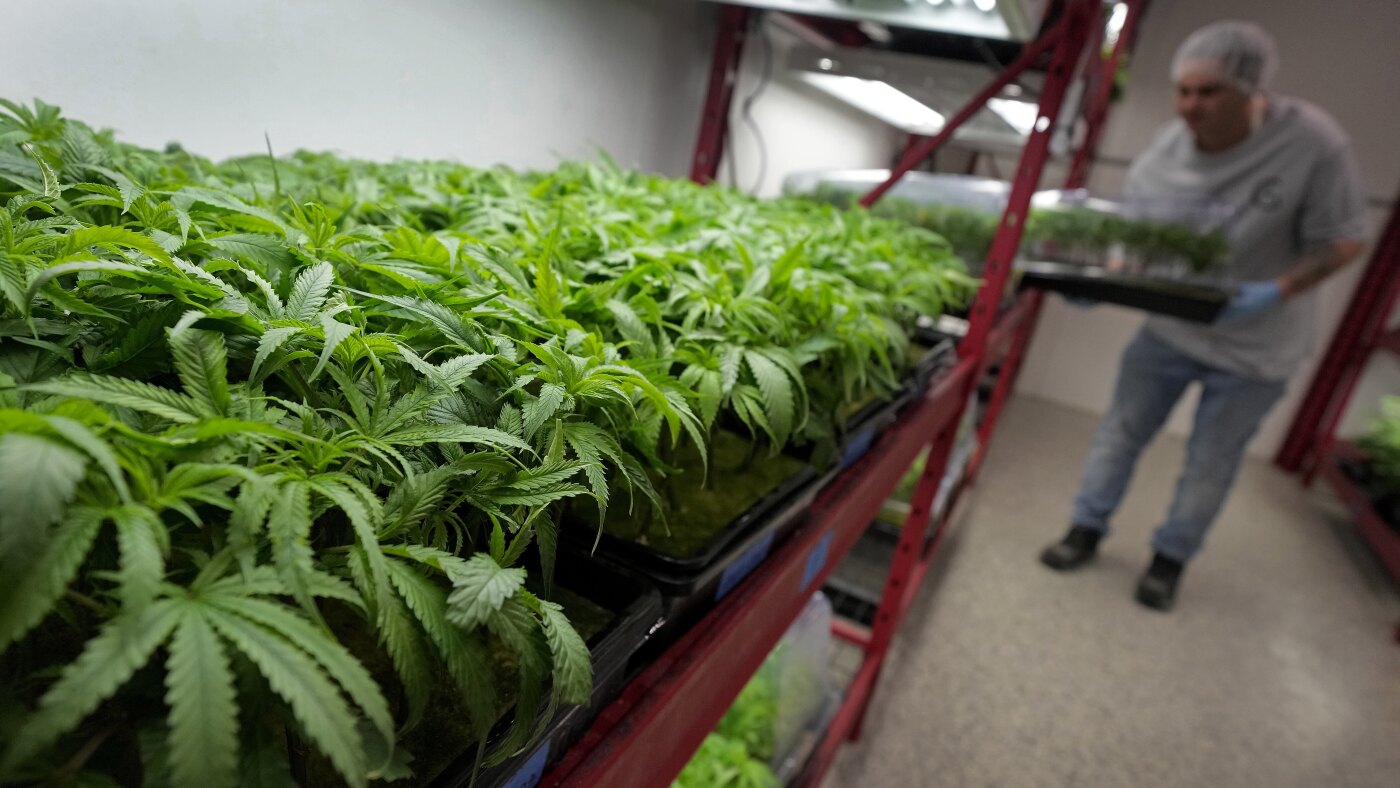More than a dozen communities in rural Alaska were unable on Wednesday to offer early in-person polling ahead of the state primary as required by law because of delays in the delivery of election materials.
State law requires absentee in-person voting locations to open two weeks prior to Election Day. Polling locations across the state opened Monday ahead of the Aug. 20 primary, when voters will choose between candidates for Alaska’s lone U.S. House seat and 50 legislative seats.
But in at least 14 communities, absentee in-person voting locations were not open as of Wednesday morning, two days after early in-person voting had begun. And in 17 other locations, in-person polling was delayed by at least a day, according to the Division of Elections.
The communities where in-person polling had not begun as of Wednesday include Kokhanok, Nikolski, Akutan, Pedro Bay, Atka, Sand Point, St. George, Stony River, Napaskiak, Deering, Kivalina, Shaktoolik, Koyuk and St. Michael, according to the Division of Elections. The division provided the list in response to questions from a reporter but has not provided any specific details to the public.
[Early voting starts for Alaska’s Aug. 20 primary election]
Division of Elections Director Carol Beecher attributed the delay to the short window between when ballots are printed and delivered to regional offices. In rural Alaska, she said voting materials must be delivered by mail to Nome and then distributed across a vast area “through a variety of mail carriers.”
“Weather and other considerations factor into delivery of the materials,” said Beecher, who was appointed to the role last year and is overseeing a statewide election for the first time this month.
Beecher was appointed by Lt. Gov. Nancy Dahlstrom, a Republican running for Alaska’s lone U.S. House seat. As a candidate, she had used her social media channels to encourage voters to cast their ballots early. In her current role, Dahlstrom oversees Alaska’s elections. She had not publicly acknowledged the delay in the start of in-person early voting in some communities.
The area where the arrival of election materials was delayed falls within the Division of Election’s Region 4, which covers northern and western parts of the state. The area includes four state House districts comprising rural Alaska, where voters are predominantly Alaska Native.
Alaska Natives have faced unequal access to voting in the state, prompting a years-long federal investigation.
Ballots and accompanying materials, including the envelope in which the ballots are delivered to the Division of Elections staff, were mailed from Nome to voting locations in rural Alaska on July 30. Getting election materials to the polling locations within a week “has proven to be ongoing challenging, and this year is nothing new,” Beecher said.
Alaska law requires the director of the Division of Elections to distribute all election materials to election supervisors “not less than 25 days before the date of the election,” which would be July 26 at the latest. Beecher said the division is “fully compliant” with the statute.
Eight polling locations did not receive voting materials until Monday, the day voting was set to begin. Nine other locations did not receive materials until Tuesday, Beecher said in her email. She did not provide the names of those 17 polling locations but said all of those locations had allowed voting to begin as of Wednesday.
“Each bag mailed has a USPS tracking number that allows the division to see where and when it arrived,” Beecher said.
According to information that Beecher said the postal service provided Wednesday afternoon, several of the affected communities had received their election materials on Wednesday. Postal service workers were unable to contact workers in Nikolski or Atka to determine the status of their deliveries, Beecher said.
Robyn Burke, an Utqiagvik Democrat running to represent state House District 40, said she tried to vote absentee in person at the North Slope Borough building on Tuesday, but was told that the envelopes meant for ballot delivery had not yet arrived in Utqiagvik, so voting was not yet possible. On Wednesday, Burke said she again called the Utqiagvik polling location and was told that in-person absentee voting was still not available.
Burke said that after she was turned away from voting in Utqiagvik, she called the Northwest Arctic Borough Building in Kotzebue as well. There too, election materials had not arrived as of Tuesday evening, forcing election workers to turn away voters, Burke said.
Burke said she wondered why the Division of Elections staff did not spread the word on its social media platforms about the delay in the arrival of the election materials, so that voters did not have to find out by going to the polling locations.
“It’s just frustrating,” she said. “With all of the other issues that have to do with voting in rural Alaska — for our polling sites to not even be open and accepting voters — I think that’s just uncalled for.”
“When you’re sending folks away from the poll, what if that discourages them from coming back?” she asked.
This is not the first time the Division of Elections has blamed election problems in rural Alaska on the postal service. In 2022, the division certified election results without fully counting the ballots from several predominantly Alaska Native communities, because mail delivery to the Division of Elections was delayed.
Beecher said that voters seeking to cast their ballots early in communities that still have not opened polling locations can apply for a mail ballot — as long as they do so by Saturday.
• • •

:quality(70)/cloudfront-us-east-1.images.arcpublishing.com/adn/SCWABVQ4OFBHLIRTIHK7JQVPDE.jpg?ssl=1)











































